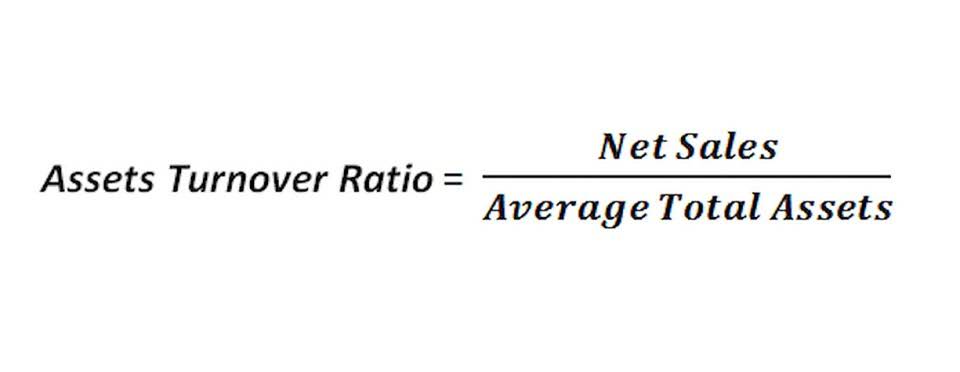
For example, Accumulated Depreciation is a contra asset account, because its credit balance is contra to the debit balance for an asset account. This is an owner’s equity account and as such you would expect a credit balance. Other examples include (1) the allowance for doubtful accounts, (2) discount on bonds payable, (3) sales returns and allowances, and (4) sales discounts.
Misunderstanding the Impact of Debits on Various Account Types
Picture these accounts like fuel gauges measuring the resources burned to keep your business engine running. Each payment made is an expenditure captured, leaving digital footprints across your ledger, shaping your fiscal story one expense at a time. In business, making sure debits and credits in journal entries match is vital for clear financial reports. This affects how a company makes money and manages its spending, which changes its financial health. University instructors and accounting supervisors put a lot https://seeknw.com/2023/09/05/accounting-and-bookkeeping-services-for-insurance/ of effort into teaching this.

How to Post Journal Entries to the Ledger
Instead, it signifies whether an increase in a particular account is recorded as a debit or a credit. A ‘debit’ entry is typically made on the left side of an account, while a ‘credit’ entry is recorded on the right. Understand the fundamental concept of normal balance in accounting. Learn how this core principle defines the natural state of financial accounts.

Is Accounts Receivable an Asset or Liabilities?
When we take our example transactions from above and post them to the accounts, we can see the effect of the debits and credits. In accounting, Debit means the left side of an account and Credit means the right side of an account. We increase and decrease accounts by debiting them or crediting them. Knowing whether to debit or normal debit balance credit an account depends on the Type of Account and that account’s Normal Balance. An account’s Normal Balance is based on the Accounting Equation and where that account is in the equation.
- This means that when you increase an asset account, you make a debit entry.
- This means when a company makes a sale on credit, it records a debit entry in the Accounts Receivable account, increasing its balance.
- Depending on the function performed by the salaried employee, Salaries Expense could be classified as an administrative expense or as a selling expense.
- The normal balance of a contra account (discussed later in this article) is always opposite to the main account to which the particular contra account relates.
- A ‘debit’ entry is typically made on the left side of an account, while a ‘credit’ entry is recorded on the right.
- Equity represents the owners’ residual claim on the assets of the business after deducting liabilities.
Practical Insights into Tracking Financial Health
This is important for accurate financial reporting and compliance with… Equity, also known as owner’s capital, represents the owner’s residual claim on the assets of the business after liabilities have been satisfied. This includes the owner’s initial investment and accumulated earnings.
In contrast, liabilities, which are obligations owed to others, normally carry a credit balance. For instance, Accounts Payable, representing money owed to suppliers, increases with a credit entry. Equity accounts, reflecting the owners’ stake in the business, also typically have a credit balance.

When you make a payment, the credit card company credits your account to reduce their receivable. The most common mistakes that lead to confusion with the normal balance of an account are when accountants confuse debits and credits or misclassify the accounts. This violates the Normal balance definition and is a common mistake. Examples of accounting transactions and their effect on the accounting equation can been seen in our double entry bookkeeping example journals. Likewise when a business pays cash from its bank account it will credit cash in its accounting records (the reduction of an asset). It is important to recognize that “debit” does not always signify an increase, nor does “credit” always imply a decrease.

When a company spends money, it debits an expense account, showing an increase in costs. Making money means crediting a revenue account, raising its value. It keeps the company’s financials accurate and makes sure the balance sheet is correct. In a business context, Accounts Receivable represents money owed to the business by its customers for goods or services Catch Up Bookkeeping provided on credit. This is an asset to the business and carries a normal debit balance.
